Search
Remove Ads
Advertisement
Search Results

Definition
Hatti
The Hatti were an aboriginal people in central Anatolia (present-day Turkey) who first appeared in the area around the River Kizil Irmak. The prevailing understanding is that they were native to the land although it has been suggested they...
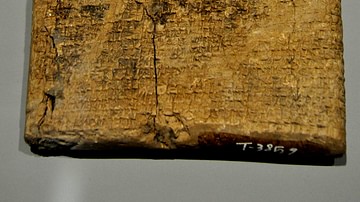
Article
Matter of Aratta
The Matter of Aratta is the modern-day title for a collection of four poems – Enmerkar and the Lord of Aratta, Enmerkar and En-suhgir-ana, Lugalbanda in the Mountain Cave, and Lugalbanda and the Anzud Bird – concerning the rivalry between...
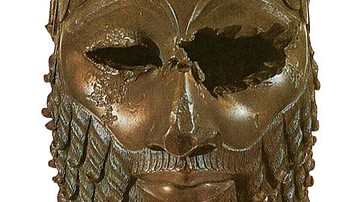
Image
Akkadian Ruler
Bronze head of an Akkadian ruler, probably Sargon the Great, c. 23rd - 22nd century BCE.

Article
The Family in Ancient Mesopotamia
Family in ancient Mesopotamia was considered the essential unit that provided social stability in the present, maintained traditions of the past, and ensured the continuance of those traditions, customs, and stability for the future. The...
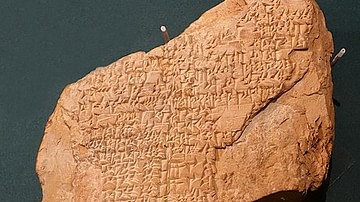
Article
Inanna and Ebih
Inanna and Ebih is a Sumerian/Akkadian poem attributed to Enheduanna (l. 2285-2250 BCE), daughter of Sargon of Akkad. The work's original title is Inninmehusa ("Goddess of the Fearsome Powers") and tells the story of the goddess Inanna's...
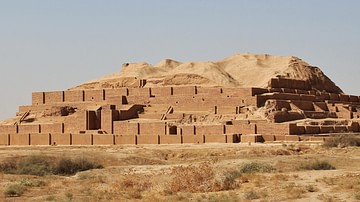
Definition
Elam
Elam was a region in the Near East corresponding to the modern-day provinces of Ilam and Khuzestan in southern Iran (though it also included part of modern-day southern Iraq) whose civilization spanned thousands of years from c. 3200 - c...
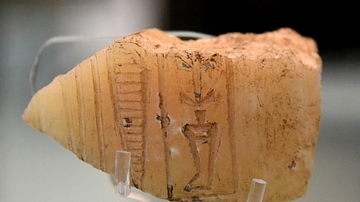
Image
Fragment of Stone Jar Inscribed with the Name of Rimush
This small fragment came from a large upright stone jar. The jar was inscribed with the name of the Akkadian king Rimush, son of Sargon. Akkadian Period, reign of Rimush, 2278-2270 BCE. From Ur, Southern Mesopotamia, modern-day Iraq. (The...
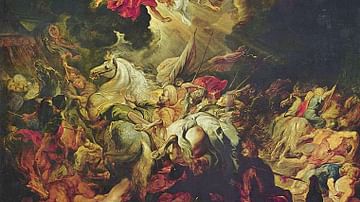
Article
The Mutual Destruction of Sennacherib & Babylon
The reign of Assyrian king Sennacherib (705-681 BCE) was chiefly characterized by his difficulties with Babylon. Throughout the history of the Assyrian Empire, Babylon had caused problems and had even been destroyed by the Assyrian king Tukulti-Ninurta...
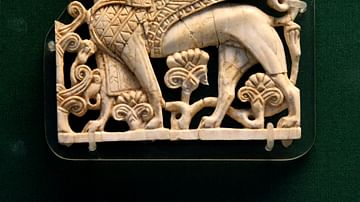
Article
The Nimrud Ivories: Their Discovery & History
In 1845 CE, the archaeologist Austen Henry Layard began excavations at the ruins of the city of Nimrud in the region which is northern Iraq in the present day. Layard's expedition was part of a larger movement at the time to uncover ancient...
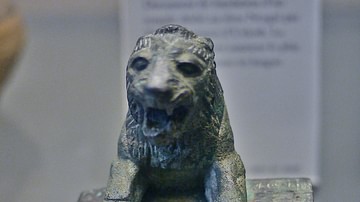
Definition
Hurrians
The Hurrians (aka Hurri or Khurri) were a Bronze Age people who flourished across the Near East from the 4th millennium BCE to the 1st millennium BCE. Hurrian is also the name of the language these people spoke and, indeed, is the one constant...